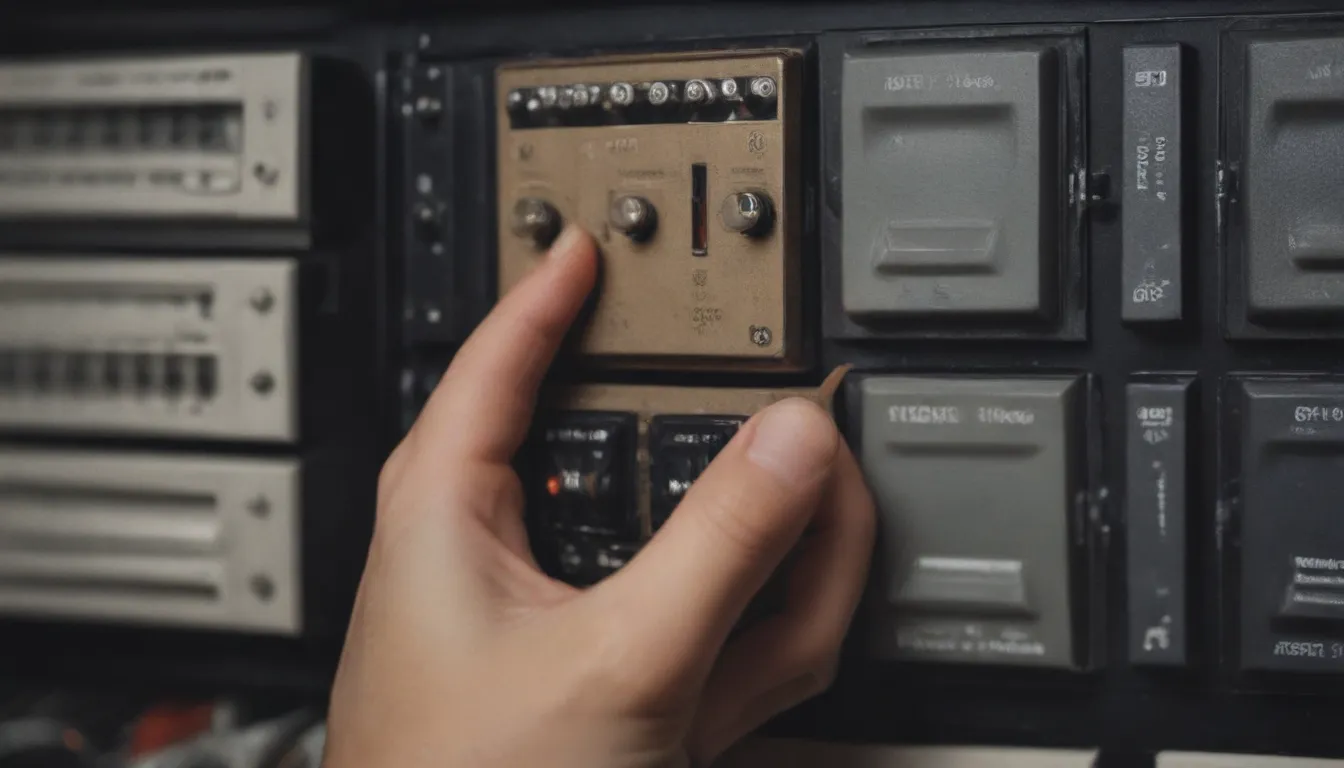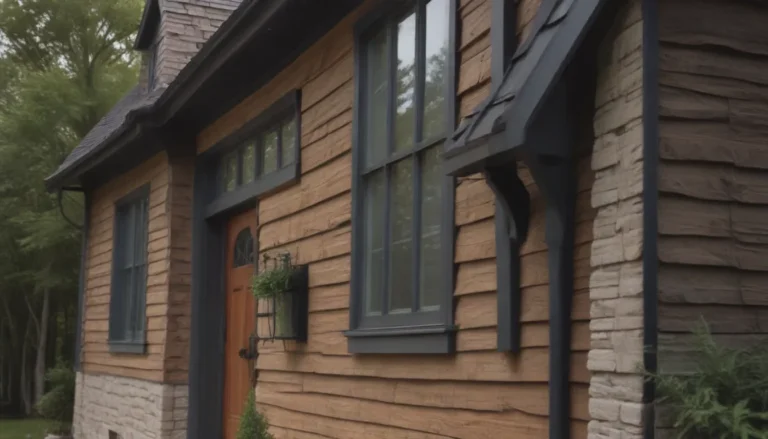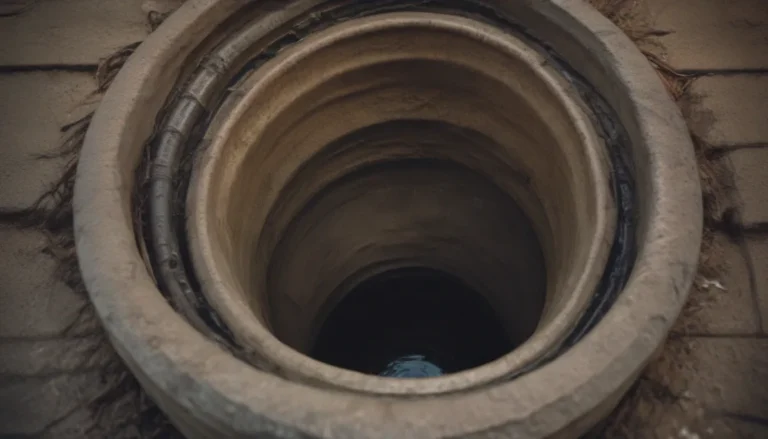Understanding Subpanels: A Detailed Guide for Homeowners

When it comes to the electrical system in your home, understanding the role of subpanels can be crucial. While the main circuit breaker box is the heart of your home’s electrical system, subpanels play a vital role in distributing power to specific areas of your home or other structures on your property. In this comprehensive guide, we will delve into what subpanels are, their benefits, how they are connected, and when you may or may not need one.
What is an Electrical Subpanel?
An electrical subpanel, also known as a satellite circuit breaker panel, is a smaller service panel that distributes power to a specific area of your home. It is fed by a double-pole 240-volt breaker at the main service panel and divides this single feed circuit into additional branch circuits at the subpanel. While a subpanel does not add amps to your home’s electrical system, it helps distribute the load off the main circuit breaker. It’s essential to calculate how much of a load a subpanel can handle to ensure its optimal performance.
Benefits of Subpanels
Subpanels are incredibly useful for extending wiring for multiple branch circuits to specific areas of your home or other buildings on your property. Here are some key benefits of using subpanels:
- Space: When the breaker slots in the main service panel are full, a subpanel provides an ideal solution to add additional circuits.
- Convenience: Circuits controlled from a more convenient location make it easier to manage power distribution, especially in areas like a garage with a workshop.
- Efficiency: Installing a subpanel can save time and construction costs by reducing the number of home runs back to the main panel.
Examples of Subpanel Usage
Subpanels can be beneficial in various scenarios, including:
- Running a single set of feeder wires from the main panel to a subpanel to power specific areas of the house or other structures.
- Dividing power into multiple branch circuits to serve various electrical needs, such as light circuits, outlet circuits, or appliance circuits.
How a Subpanel Is Connected
A subpanel requires two hot wires connected to a 240-volt double-pole breaker in the main panel, along with a neutral wire and a ground wire. This setup is typically accomplished using a “three-wire cable with ground.” The feeder wires provide power to the subpanel, which is then distributed to branch circuits via individual circuit breakers connected to the bus bars in the subpanel.
Important Note: Electrical Permits
Installing a subpanel typically requires an electrical permit to ensure compliance with local regulations. If you are working with an electrician, ensure that the permit fee is included in the overall cost to avoid any fines or legal issues down the road.
When You Don’t Need an Electrical Subpanel
While subpanels are valuable in many situations, there are times when an electrical subpanel may not be the solution to your electrical issues. In some cases, you may actually require an electrical service upgrade. Here are some signs that indicate you may need an upgrade instead of a subpanel:
- Frequent Circuit Overloads: If your circuits are constantly tripping, it could be a sign that your electrical system is overloaded and in need of an upgrade.
- Outdated Electrical System: If your home has an older electrical system that is no longer meeting your power needs, an upgrade may be necessary.
- Safety Concerns: If you have safety concerns about the current state of your electrical system, it’s essential to consult a licensed electrician for a professional assessment.
Conclusion
In conclusion, subpanels are essential components of your home’s electrical system, providing a way to distribute power efficiently and conveniently to specific areas. By understanding how subpanels work, their benefits, and when they are necessary, you can ensure that your electrical system functions optimally and safely. Remember to consult with a licensed electrician for any electrical installations or upgrades to guarantee compliance with local codes and regulations.





